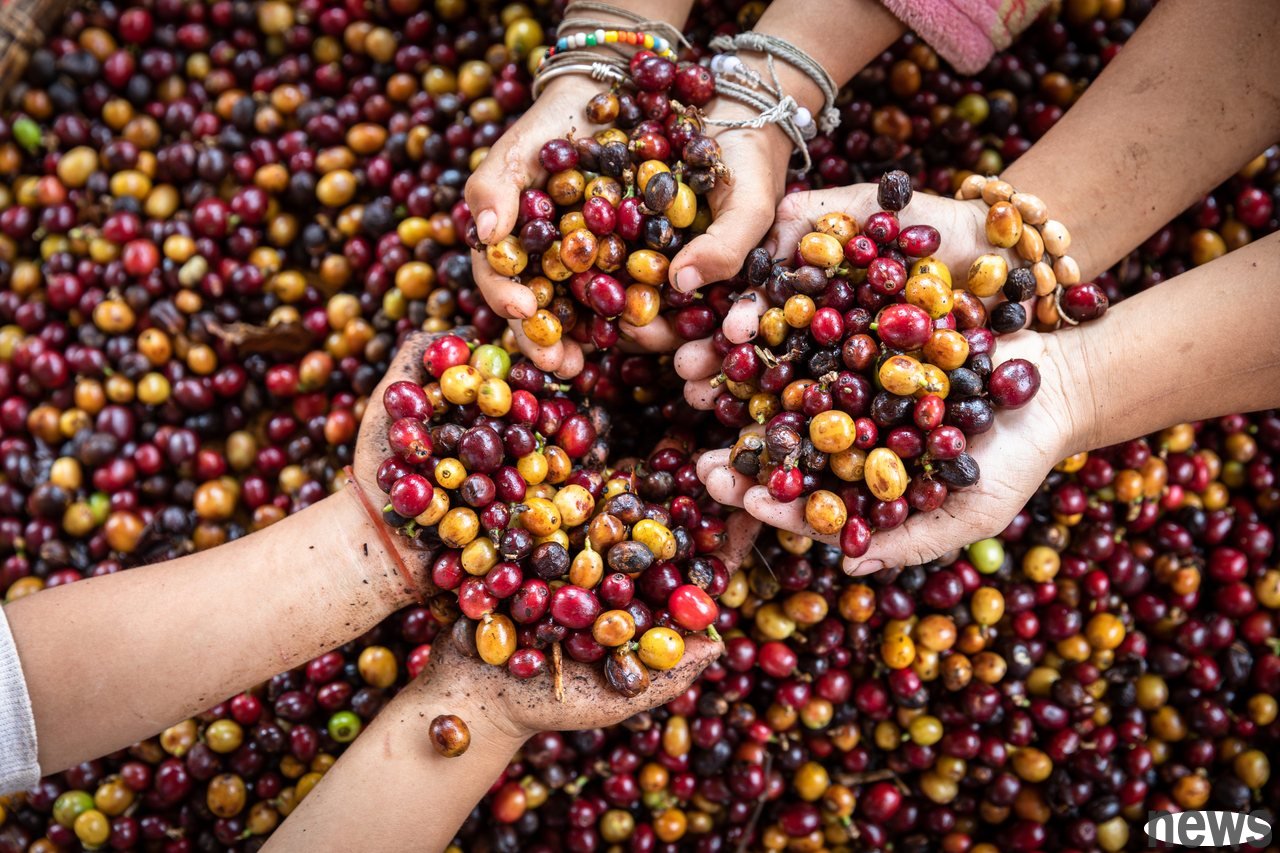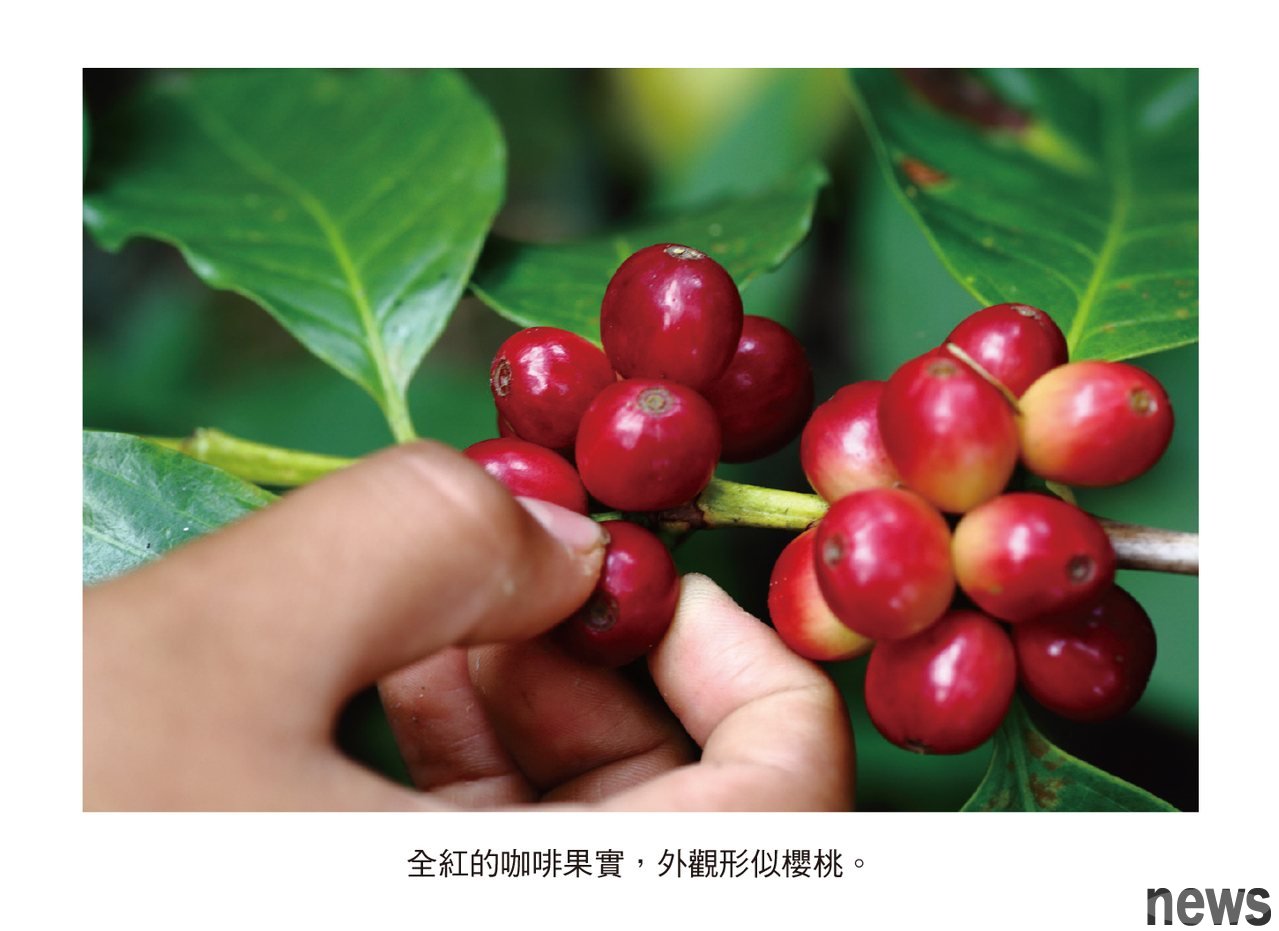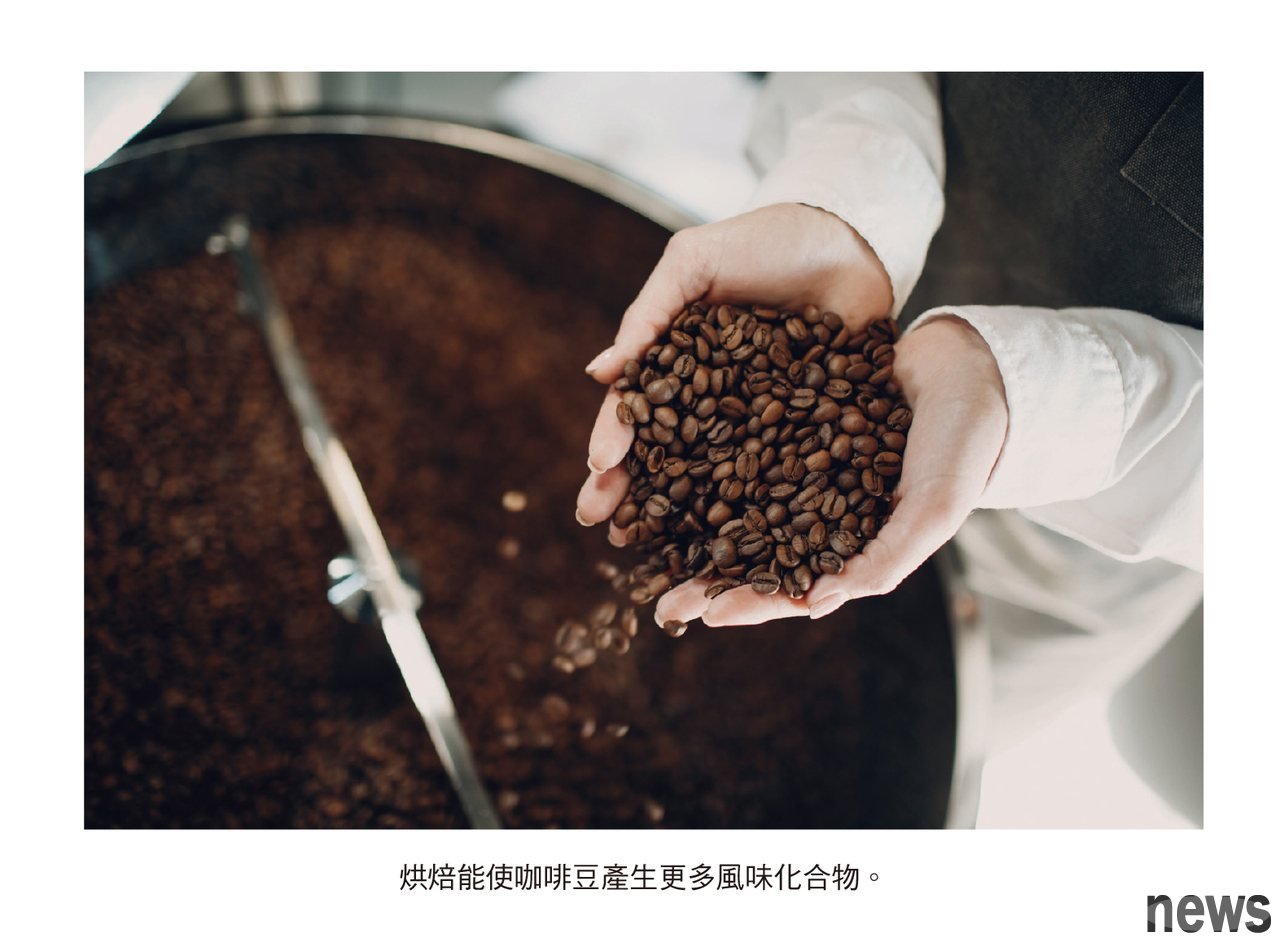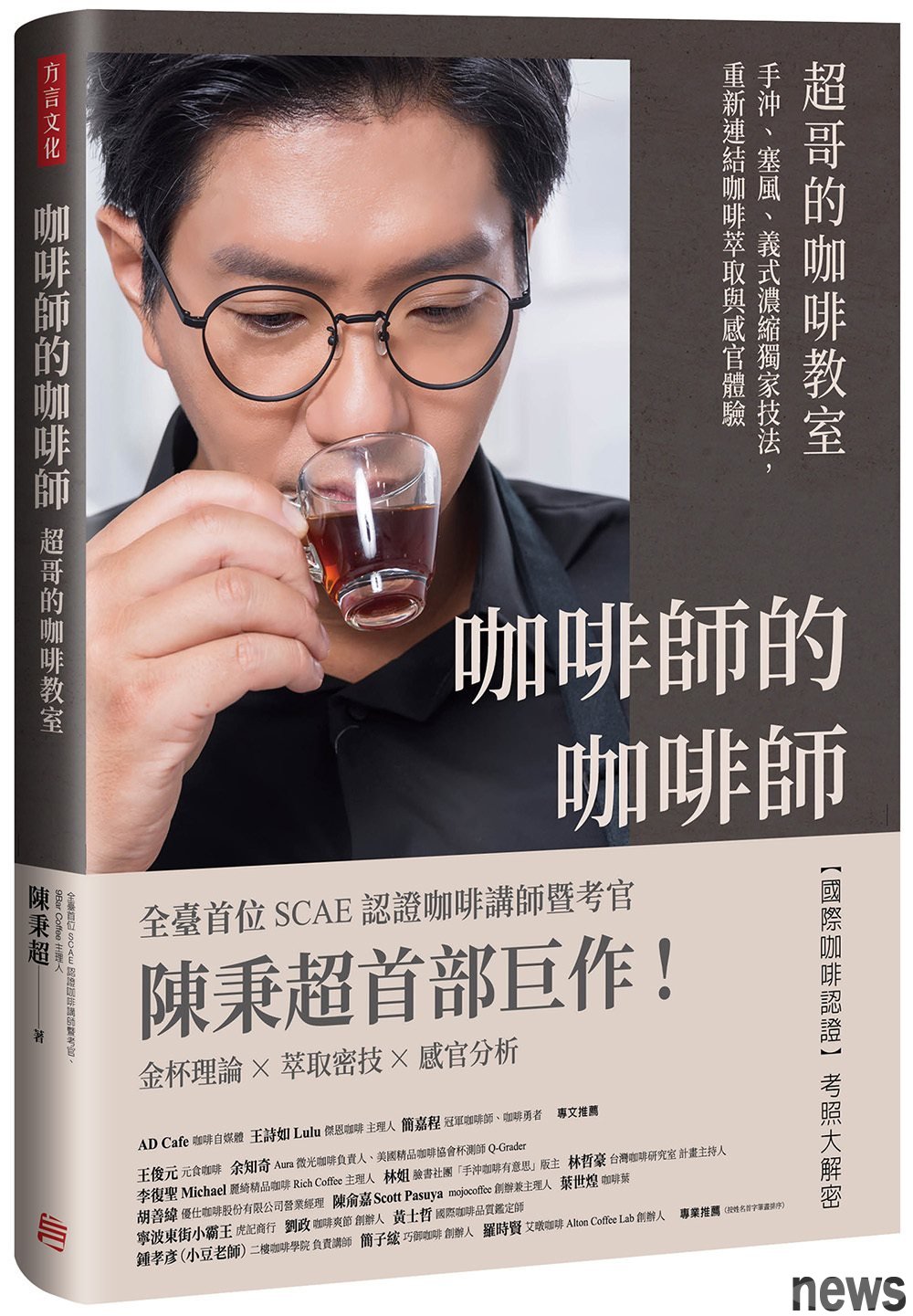 From growing beans to cups of
From growing beans to cups of , from seeds to a cup of coffee, all details in the production process are worth paying attention to.
The grinded coffee we usually drink is seeds from the angiosperm, septicum, rosary, rabica, and café in the plant world; currently, the Arabica species are commonly grown in the Arabica species and Coea canephora.
Arabica has a mild taste, and its fruits and seeds are smaller, also known as small (fruit) coffee, which is suitable for growing in fertile land and well-drained places; planting is higher at altitude and weaker resistant to disease and worms. Arabica has also produced dozens of Asian and Miscellaneous species, which are the main beans in the current coffee market. One of the variants of
Carifura is Robusta, which has a heavier and bitter taste, high caffeine content, is more resistant to disease and moisture (caffeine can be said to be a natural insect killer), suitable for planting at low altitudes, grows quickly and is less expensive, and is often used to make industrial products, such as instant coffee and pot coffee.
The only common coffee trees on the market are Arabica coffee and Robusta coffee. Arabica has a richer flavor than Robusta, and because of its higher planting labor and cost, it can sell better prices in the consumer market, so Arabica is often regarded as the name of good-quality coffee beans. Some coffee ads will deliberately list "using 100% Arabica coffee beans", but in fact, Arabica is just a general term for tree species. Although it is naturally rich in gene flavor, it is not enough to represent the good deeds of subsequent processes such as planting. If the investment cost of extensive planting and post-processing is lower, the selling price is naturally not high, and the flavor tends to be low, which is a range of commercial beans. Therefore, even Arabica beans can be divided into cheap commercial grade beans, higher-priced garden beans, and even high-quality coffee beans, which lovers need to gradually understand.
In addition to coffee trees, there is also the planting process and the method of field management. The most important key is to collect coffee fruits. About 95% of coffee is red when it matures, but a few ripe fruits will actually be yellow or orange.
Like eating fruits, ripe fruits are the sweetest; overripe fruits or not so ripe fruits will have lower sweetness. The biggest difference between speciality coee and commercial coffee is that commercial coffee will be harvested in large quantities, which may be mixed with ripe, over-ripe, or immature beans of different quality. The fine coffee only collects all-red coffee fruits, which looks like the color and size of the peach, which is called the "Red Cherry".

After the collection is completed, you will enter the post-production stage. After peeling the coffee fruits, removing the flesh and seed shells, you will get the "raw beans" that everyone hears. Common post-production techniques include sun exposure, washing, honey treatment, etc., which are usually related to the conditions of the industry and depend on local water resources or sunshine conditions. The most traditional way to make it is sun exposure: take the coffee gravy directly to dry under the sun, then peel and shell. Water washing is assisted by water, and if the area itself lacks water resources, it is unlikely to be treated with natural water washing. Honey treatment is to remove the coffee peel, directly retain the fruit coating and expose it to the sun. The fruit coating will become like honey because it absorbs air moisture.
{twenty three} {twenty four}
Today, as the treatment methods become more refined, some bean farms no longer need to choose the post-production method completely according to the conditions of the production area. Some more wealthy gardens have the ability to improve water resources conditions themselves, and can even transport water from other places to local operations. After the production is completed, we enter the grading stage. Even if it is a full red fruit, some conditions may occur in the aforementioned process (such as worms), which will affect the quality of the coffee beans. Although the classification conditions of each country are different, they are generally filtered based on consumer preferences, such as the appearance of coffee green beans, the growth environment, or the discrimination by cupping after roasting.
After the selection of raw beans, they will pack bags and enter international transportation. They are shipped to importers around the world by containers, and finally entered general retail stores or purchased by large baking factories. Coffee beans are usually stored in sacks, which is a packaging method that is commonly used in early commercial beans and fine beans. More refined packaging has begun to occur recently, such as green grain bags or vacuum treatment, which can not only improve the packaging quality, but also prevent raw beans from being dyed in the storage environment during the transportation process.
The next step is to the roasting stage, and the coffee beans are basically not suitable for extraction and drinking, and must be roasted at about 190∼ 250 degrees to increase porosity, so that the cells in the coffee beans can be expanded and produce more flavor compounds. Coffee beans contain sugar, protein, moisture and other substances. They are roasted and heated to produce many chemical reactions. The most important one is the plum reaction, which leads to a variety of aldehyde and ester compounds, which are the source of coffee aroma and produce a pleasant taste. Secondly, caramelization reaction not only affects the appearance of the coffee (color), but also emits some aromatic substances. The above two chemical reactions lead to the changes in the aroma, flavor and other compounds of coffee..
 After roasting, the grains of coffee beans must be made smaller and more detailed through grinding to extract the flavor compounds of coffee beans in a short time. From this we can see that from the raw beans to the cup, you must go through appropriate roasting, grinding and extraction to have the opportunity to drink a good cup of fine coffee.
After roasting, the grains of coffee beans must be made smaller and more detailed through grinding to extract the flavor compounds of coffee beans in a short time. From this we can see that from the raw beans to the cup, you must go through appropriate roasting, grinding and extraction to have the opportunity to drink a good cup of fine coffee.

"Coffee's Coffee's Coffee. Chao Ge’s Coffee Classroom: Hand-blown, plugging, unique techniques for stimulating the body, reconnecting coffee extraction and sensory experience》
Author: Chen Bingchao
Publisher: Dialect Culture
Publication date: 2023/09/08
Responsible editor: Gu Zihuan